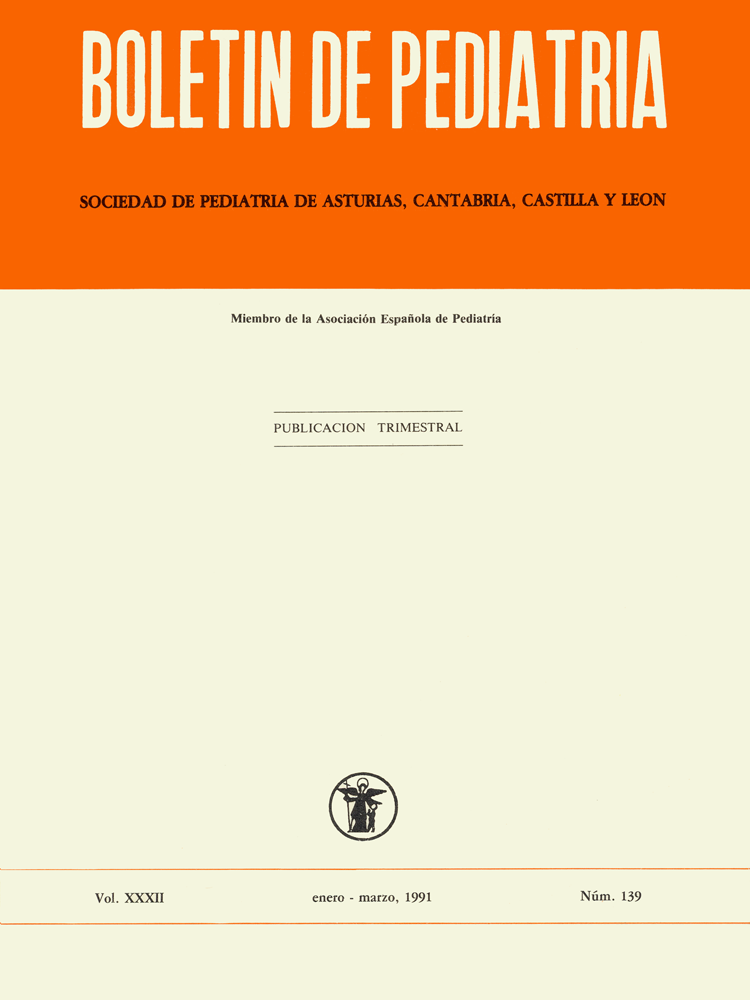Abstract
Parvovirus B19 was originally discovered in the sera of blood donors. It has been shown to be the primary pathogen of transient aplastic crisis and erythema infectiosum, and it is associated with hydrops fetalis, arthritis and chronic anemia in immunodeficient patients. Laboratory diagnosis of recent or past B19 infection usually relies on the demonstration of virus-specific IgM or IgG antibodies in a patient's serum. Prevalence studies have shown ir to be a commom infection among school age children. Three types of exposure have been shown to produce high risk of infection: schools during extensive outbreaks of erythema infectiosum, homes in which a household member develops erythema infectiosum, and hospitals that care for patients with aplastic crisis.

This work is licensed under a Creative Commons Attribution-NonCommercial 4.0 International License.
Copyright (c) 1991 Boletín de Pediatría
